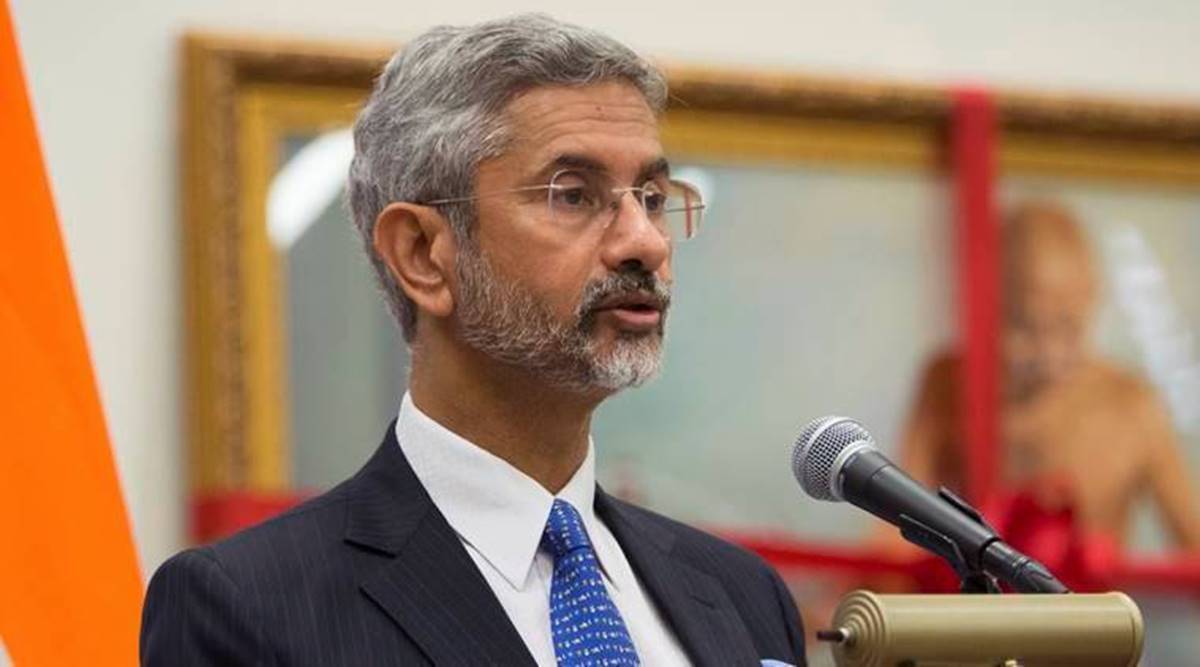As China unveils its latest “standard map,” tensions flare over territorial claims, drawing sharp responses from Indian leaders and experts.
● Rahul Gandhi accuses PM Modi of misleading the nation regarding Ladakh conflict.
● China’s “standard map” claims Aksai Chin and Arunachal Pradesh, India rejects claims
● External Affairs Minister Jaishankar dismisses China’s assertions as “absurd,” citing
historical context.
● China’s strategic activities in Aksai Chin raise concerns ahead of G20 summit.
● Escalating tensions shape India-China relationship amidst diplomatic discussion.
Rahul Gandhi’s Accusation and China’s Claims
The release of China’s “standard map” has led to heightened concerns within India, prompting Rahul Gandhi to call for Prime Minister Modi’s attention to the issue. He accuses the Prime Minister of misleading the nation with his statements that no land was lost in Ladakh, and highlights his own observations during his recent visit to the region. According to Gandhi, the people of Ladakh are well aware of China’s transgressions, contradicting the official narrative. This accusation not only intensifies the ongoing political discourse but also draws attention to the larger issue of national security and territorial integrity.
Jaishankar’s Response and Historical Context

External Affairs Minister S. Jaishankar has dismissed China’s claims as “absurd” and part of a longstanding habit of territorial assertion. He points out that China has historically put out maps that include territories that are not theirs, highlighting that this behavior dates back to the 1950s. Jaishankar’s response underscores India’s resolute rejection of China’s claims, maintaining that the disputed regions are integral parts of India.
He emphasizes that such claims do not change the actual boundaries recognized by India. Jaishankar’s response underscores India’s firm stance on its territorial sovereignty, while also highlighting China’s recurring behavior in making these assertions.
Beyond the map dispute, China’s recent activities in Aksai Chin have raised concerns among experts. China has begun constructing tunnels and reinforced shelters in the region, signifying an effort to bolster its military presence. Analysts suggest that this move might be an attempt to counterbalance India’s advantages in the area, particularly its increased offensive capabilities. Experts point to the construction of underground facilities as a response to India’s scaling up of its offensive fire vectors, including long-range artillery. This strategic decision reflects China’s determination to hold its ground, even as diplomatic tensions persist.
The timing of China’s map release is noteworthy, as India readies itself for the G20 Summit scheduled for September 9-10. The map dispute injects an additional layer of complexity into the diplomatic arena, where world leaders will gather to discuss global issues and cooperation.
As tensions persist, the delicate balance of diplomacy and security continues to define India-China relations. While military de-escalation talks may continue, China’s apparent commitment to fortify its military presence in close proximity to the Line of Actual Control signals a resolve to endure the standoff. Against the backdrop of economic challenges, global rivalries, and regional disputes, the G20 Summit will provide a platform for leaders to navigate the complex dynamics that shape the future of the region.
Rahul Gandhi’s remarks have injected new energy into the ongoing discussions surrounding the India-China border dispute. The release of China’s “standard map” and the subsequent diplomatic exchange highlight the intricate dynamics at play. As global attention shifts toward the G20 Summit, the border tensions remain a significant backdrop, underscoring the critical need for constructive dialogue and diplomatic solutions to safeguard regional peace and stability.
As world leaders prepare to convene at the G20 Summit, the spotlight shines on the delicate balance between diplomacy and security, and the urgency to address the pressing border dispute.












